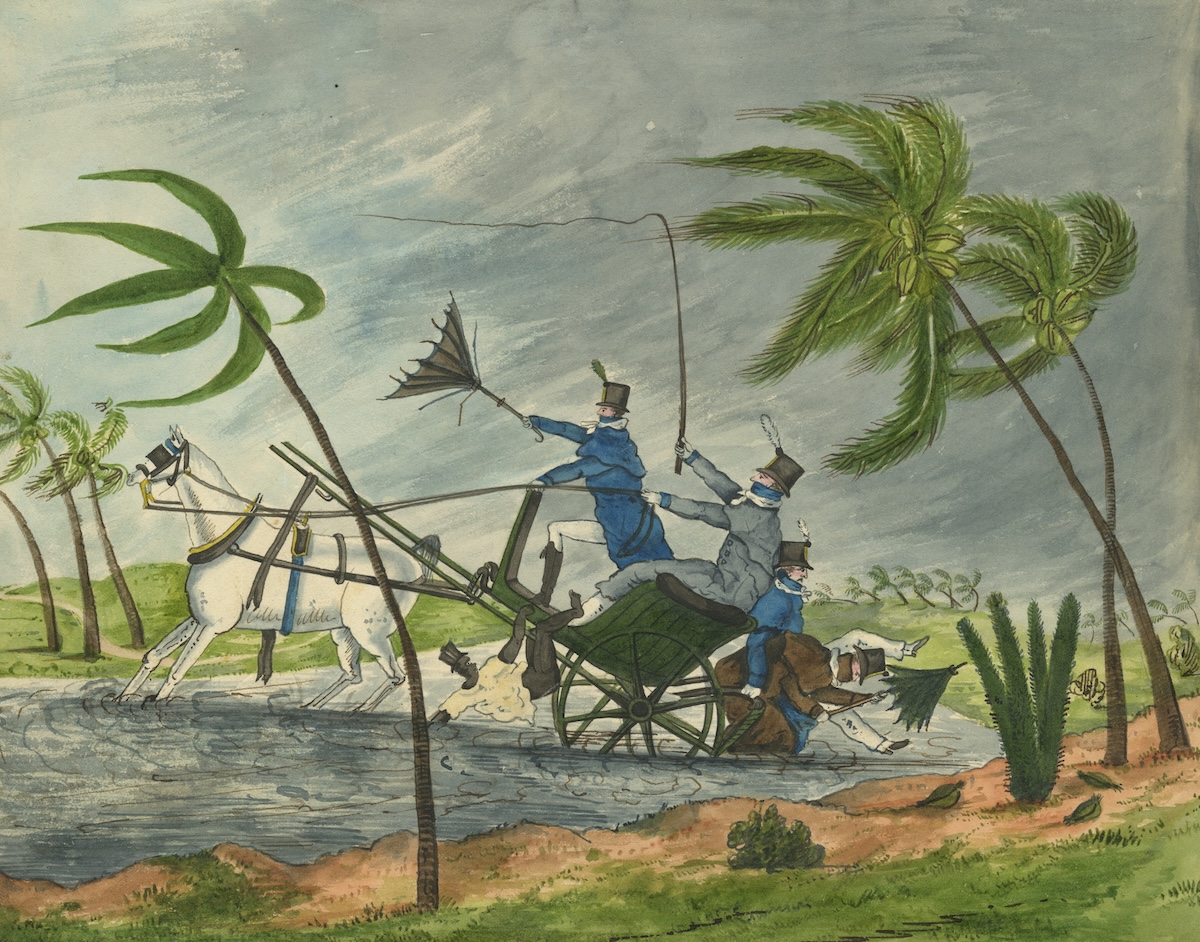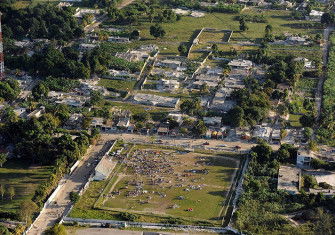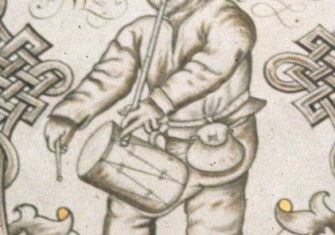Weathering Storms
Even in the 19th century the effects of natural disasters like hurricanes were never entirely natural.

For most of the 19th century, besides being aware of the hurricane season (June-November), there was little that those living in the Caribbean could do to predict the arrival of storms. As rains and winds began to pick up, the wealthy took shelter in the cellars of their stone houses, while the wooden shacks of the enslaved population offered almost no protection. When a storm hit, the majority of the enslaved population simply found themselves having to try and survive days and nights out in the open, exposed to the weather. Even when slavery was abolished, the distribution of land and power in the Caribbean meant that the population of former slaves remained the most vulnerable, despite being notionally free to choose where they lived. The power of the landowning class to evict labourers meant that the majority lived in transportable housing, built without nails and without any permanent anchor in the soil.







